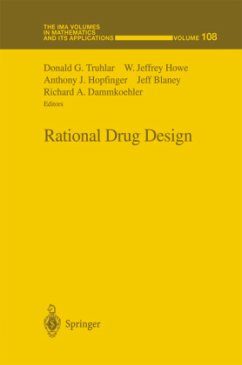This book, which is based on Pólya's method of problem solving, aids students in their transition from calculus (or precalculus) to higher-level mathematics. The book begins by providing a great deal of guidance on how to approach definitions, examples, and theorems in mathematics. It ends by providing projects for independent study. Students will follow Pólya's four step process: learn to understand the problem; devise a plan to solve the problem; carry out that plan; and look back and check what the results told them. Special emphasis is placed on reading carefully and writing well. The authors have included a wide variety of examples, exercises with solutions, problems, and over 40 illustrations, chosen to emphasize these goals. Historical connections are made throughout the text, and students are encouraged to use the rather extensive bibliography to begin making connections of their own. While standard texts in this area prepare students for future courses in algebra, this book also includes chapters on sequences, convergence, and metric spaces for those wanting to bridge the gap between the standard course in calculus and one in analysis.
Drug research and discovery are of critical importance in human health care. Computational approaches for drug lead discovery and optimization have proven successful in many recent research programs. These methods have grown in their effectiveness not only because of improved understanding of the basic science - the biological events and molecular interactions that define a target for therapeutic intervention - but also because of advances in algorithms, representations, and mathematical procedures for studying such processes. This volume surveys some of those advances. A broad landscape of high-profile topics in computer-assisted molecular design (CAMD) directed to drug design are included. Subject areas represented in the volume include receptor-based applications such as binding energy approximations, molecular docking, and de novo design; non-receptor-based applications such as molecular similarity; molecular dynamics simulations; solvation and partitioning of a solute between aqueous and nonpolar media; graph theory; non-linear multidimensional optimization, processing of information obtained from simulation studies, global optimization and search strategies, and performance enhancement through parallel computing.
Hinweis: Dieser Artikel kann nur an eine deutsche Lieferadresse ausgeliefert werden.
Drug research and discovery are of critical importance in human health care. Computational approaches for drug lead discovery and optimization have proven successful in many recent research programs. These methods have grown in their effectiveness not only because of improved understanding of the basic science - the biological events and molecular interactions that define a target for therapeutic intervention - but also because of advances in algorithms, representations, and mathematical procedures for studying such processes. This volume surveys some of those advances. A broad landscape of high-profile topics in computer-assisted molecular design (CAMD) directed to drug design are included. Subject areas represented in the volume include receptor-based applications such as binding energy approximations, molecular docking, and de novo design; non-receptor-based applications such as molecular similarity; molecular dynamics simulations; solvation and partitioning of a solute between aqueous and nonpolar media; graph theory; non-linear multidimensional optimization, processing of information obtained from simulation studies, global optimization and search strategies, and performance enhancement through parallel computing.
Hinweis: Dieser Artikel kann nur an eine deutsche Lieferadresse ausgeliefert werden.








